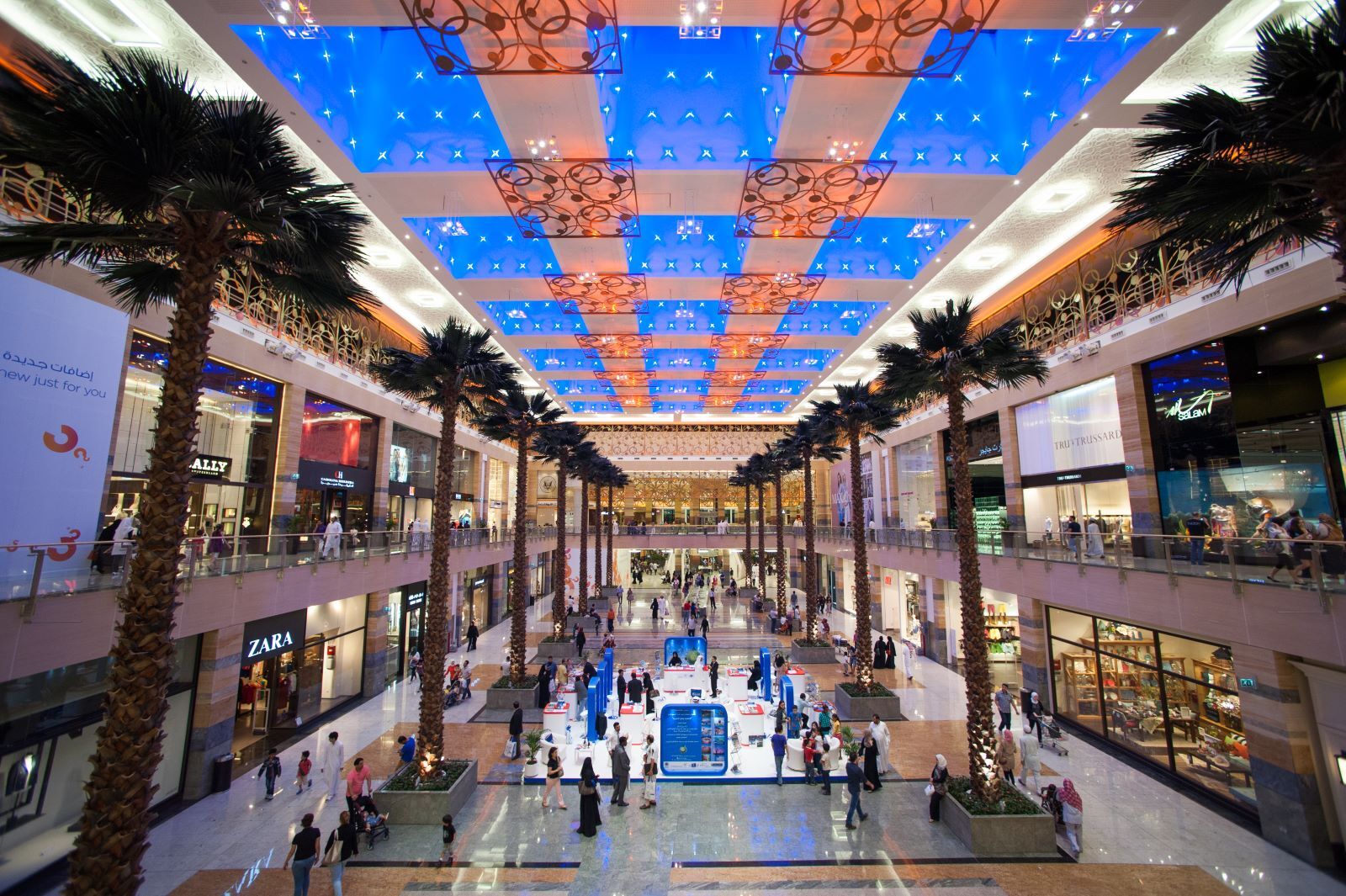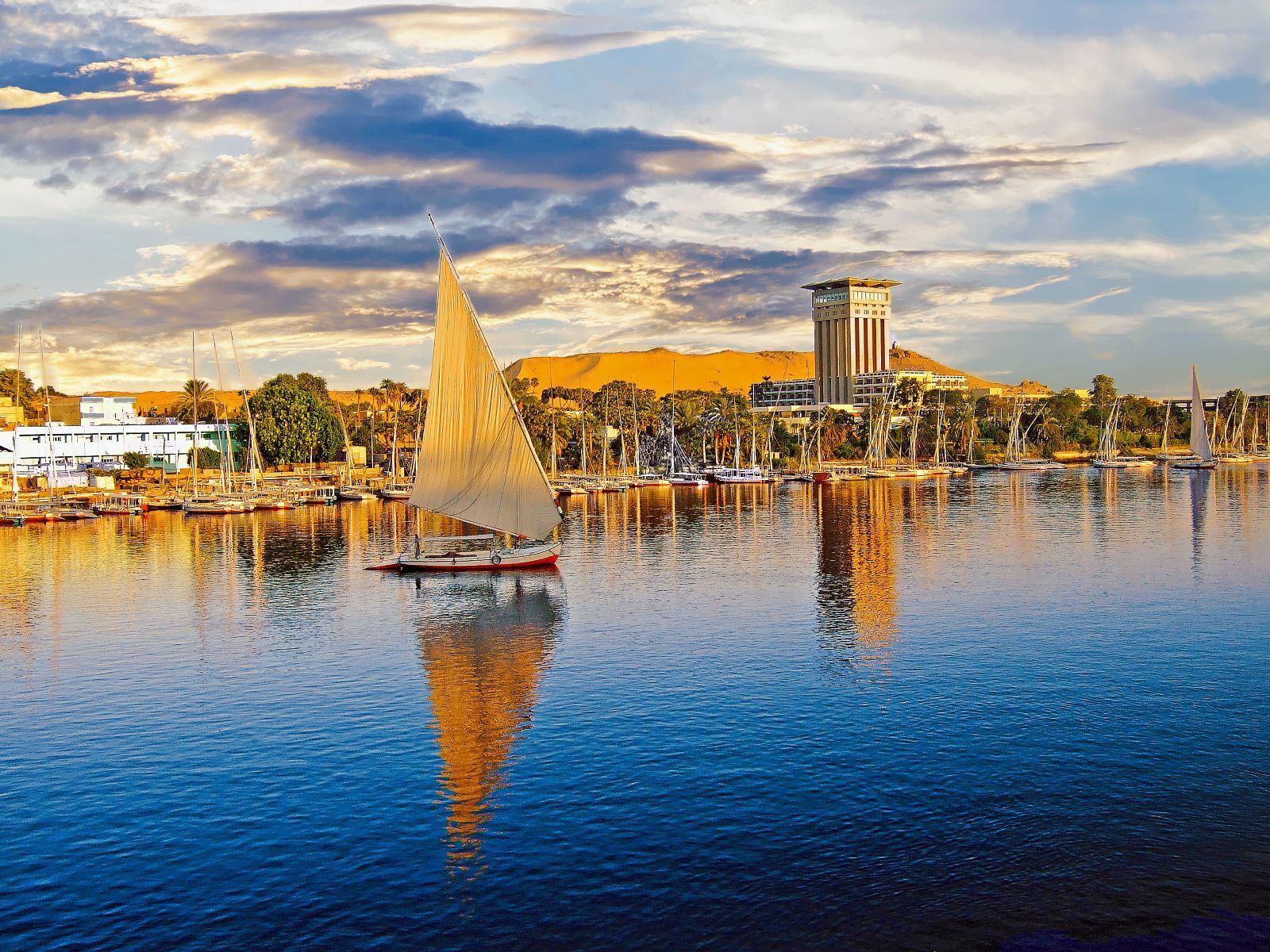7 Greenest Places on Earth
Where there is green, there is life, as these seven natural havens remind us
Green – the colour of life, growth, and money – is proven to have a positive impact on mood, reducing stress and boosting clarity. The human eye is also most sensitive to green light, making the natural world an ideal source of joy, calm, and well-being. Here are seven of the greenest places on Earth, filled with ancient trees, thriving wildlife, and complex ecosystems.
The Greenest Places in the World
Galápagos Islands, Ecuador

Few destinations in the world have had such a bearing on the course of science and history as the Galápagos Islands in Ecuador. Often referred to as the "living laboratory of evolution", this biodiverse cluster of 13 major islands played a crucial role in Darwin’s theory of evolution, and it remains an important site of scientific study. Designated a UNESCO World Heritage Site in 1978, the Galápagos is one of the greenest places on earth, home to a remarkable number of endemic plant and animal species including scalesia trees and shrubs, the flightless cormorant, and Galápagos giant tortoise. This region is subject to extremely strict environmental regulations, resulting in a biodiverse ecosystem that is bursting at the seams with life – in the sea, in the air, and in the trees.
Killarney National Park, Ireland

On the other side of the Atlantic is the verdant Killarney National Park – a vision in deep, dark green in the heart of Ireland. A viridescent gem on the Emerald Isle, this 25 thousand acre stretch of lush land is a UNESCO Biosphere Reserve, resplendent with thousands of species of trees, moss, ferns, and lichen, including the last remaining native oak woodlands in Ireland. Amidst the foliage lives a diverse population of wildlife native to the area, including majestic red deer, sika deer, and the white-tailed eagle.
Not to miss in Killarney is the Torc Waterfall, which cascades down lush, forested slopes. An ancient wonderland, this park is closely tied to Irish folklore and literature, and there is evidence of human settlements as early as the Bronze age.
Congo Basin, Central Africa

Often referred to as the "Lungs of Africa," this misty, verdant rainforest is the second-largest in the world, spanning six countries. Towering hardwood trees including ebony, African teak, and mahogany stand tall and ancient, providing habitat for more than 1,000 species of birds. Buzzing with life, the basin is home to remarkable wildlife populations such as the Virunga National Park mountain gorillas, African forest elephants, and leopards. Nourished by fertile land and the winding Congo River, the forest is also home to several Indigenous groups, including the Mbuti, Aka, and Baka peoples.
The Congo Basin is one of the most important ecological regions in the world for global carbon regulation, but it sadly remains under threat from logging, poaching, and deforestation. Rich in natural resources, including gold, oil, and coltan, the region is also vulnerable to exploitation, leading to substantial protection efforts from both local and international communities.
Hoh Rain Forest, Olympic National Park

Under a near constant cover of clouds, the Pacific Northwest of the United States has some of the most poignant and otherworldly woodlands in the world. Blanketed in moss and lichen, the dreamy Hoh Rain Forest is dominated by old-growth trees including western red cedar, Sitka spruce, and Douglas fir, some of which are 1,000 years old. Wildlife in this diverse rainforest includes black bears, Roosevelt elk, and river otters, but what truly sets it apart are the freshwater salmon runs. One of the greenest places in the world, the Hoh Rain Forest has been home to Indigenous peoples including the Hoh Tribe for thousands of years, and the area remains culturally significant. As part of Olympic National Park, a UNESCO World Heritage Site, and an International Biosphere Reserve, the delicate ecosystems here are largely undisturbed.
Val d'Orcia, Tuscany

Stretching from the hills south of Siena to the foothills of Mount Amiata, Val d'Orcia is an enchanting landscape nourished by mild, wet winters and warm, dry summers. A picturesque wine and olive growing region, this fertile landscape has long been celebrated in Renaissance art and literature, including work by Leonardo da Vinci. Undulating hills with vineyards and olive groves span 610 square kilometres, painting the picture of perfect Tuscan tranquillity. A UNESCO World Heritage Site, Val d'Orcia, is also a popular destination for wine tourism, particularly in the Montalcino area, which is renowned for producing one of Italy’s most prestigious wines – Brunello di Montalcino.
Sapa Valley, Vietnam

In the north of Vietnam, the captivating Sapa Valley is shrouded in a vibrant green glow. This steep, mountainous area with verdant valleys is renowned for its lush, terraced rice fields carved into the mountainsides, tended by local ethnic groups for centuries. The subtropical highland climate supports a diverse range of flora, including wildflowers, bamboo, and fragrant magnolias. Many Sapa locals cultivate various plants in the region for medicinal purposes, such as cinnamon, ginseng, and angelica, in addition to tea leaves. Much of Sapa Valley is protected within Hoang Lien National Park, which plays a crucial role in preserving the local flora and fauna while promoting sustainable tourism practices.
Corcovado National Park on the Osa Peninsula

This Costa Rican national park is one of the most green and biodiverse places in the world. National Geographic famously declared it the most “biologically intense” place on Earth, owing to its extraordinary wildlife population. Corcovado is a haven for large mammals, including jaguars, pumas, ocelots, and monkeys, as well as over 400 bird species. The waters off the coast of Corcovado are particularly abundant, teeming with humpback whales, dolphins, and sea turtles that nest on its beaches. While Corcovado faces challenges from illegal poaching and gold mining, extensive conservation efforts ensure that the area is fully protected by law.
Final Take
In a world that is rapidly urbanising, these seven locations are a stunning reminder of the Earth’s natural splendour – a splendour that endures on its own accord against all odds. While many of the Earth's most spectacular and biodiverse areas have faced varying degrees of ecological devastation, stringent conservation efforts have in recent years brought some of the world’s most sacred ecological sites under greater protection, from Virunga National Park in the Congo Basin to the moss-laden ancient trees of Hoh Rain Forest. Here, you can expect to submerge all senses in the full bounty of the natural world, bringing a sense of calm and serenity found nowhere else.



